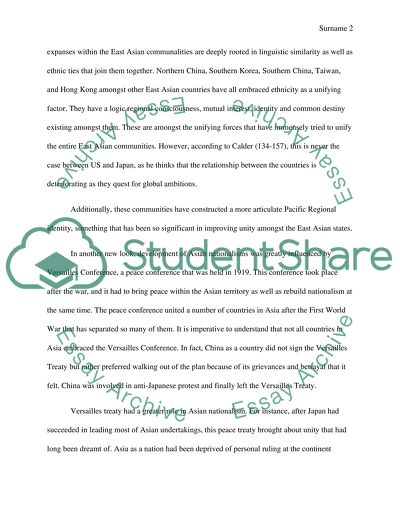Cite this document
(“Unifying Forces in East Asia and the role that Versailles Conference Essay”, n.d.)
Retrieved from https://studentshare.org/history/1398673-term-paper
Retrieved from https://studentshare.org/history/1398673-term-paper
(Unifying Forces in East Asia and the Role That Versailles Conference Essay)
https://studentshare.org/history/1398673-term-paper.
https://studentshare.org/history/1398673-term-paper.
“Unifying Forces in East Asia and the Role That Versailles Conference Essay”, n.d. https://studentshare.org/history/1398673-term-paper.


